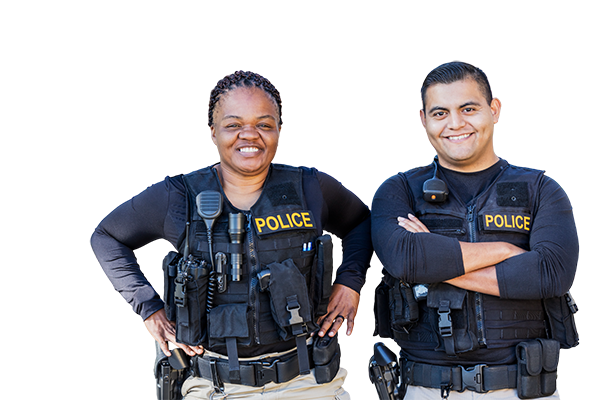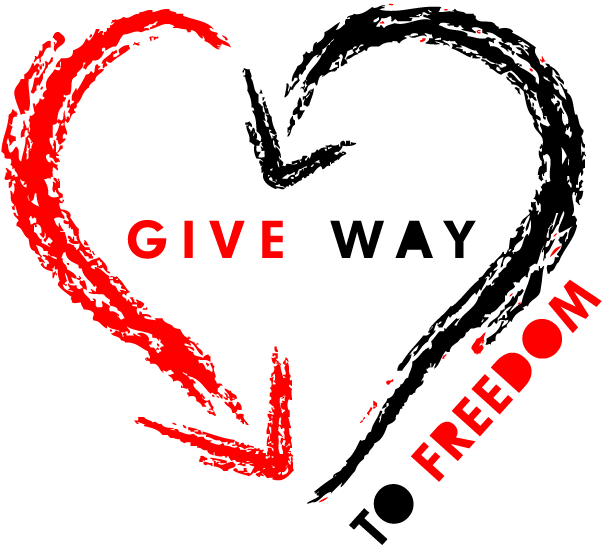Human trafficking is both elusive and everywhere.
There is no single stereotypical case of human trafficking. There are victims of all types, and they each face their own unique challenges for autonomy and recovery.
Anyone can be a victim. Anyone can be a perpetrator.
Watch this Vermont PSA about human trafficking.
%
88% of people being trafficked seek health care in some way.
%
50% of ER professionals are not trained to recognize trafficking.
I was incredibly thankful for Give Way to Freedom's expertise and style of approach.
— Trevor Hawkins, Eliot Community Human Services
Give Way to Freedom's long-standing emphasis on being victim-centered and trauma-informed aided BAATC in successfully scaling our Airport Initiative to reach airport employees coast to coast, and sensitively train them to recognize and report trafficking where they work.
— Betty Ann H., Founder of BAATC and Airport Initiative
We're here to help
130
Give Way To Freedom has empowered 130 survivors on their path to independence, healing, and renewed hope for the future.
10K
Give Way to Freedom has trained 10,000 healthcare, law enforcement, and other professionals to recognize and respond to the subtle signs of human trafficking.
Human trafficking involves the use of coercion to control another person for gain. Common instances of human trafficking include illegal drug dealing, gun running, sexual exploitation, and forced labor.
Human trafficking is often in plain sight. Learning the full definition of human trafficking can help communities create prevention strategies.

